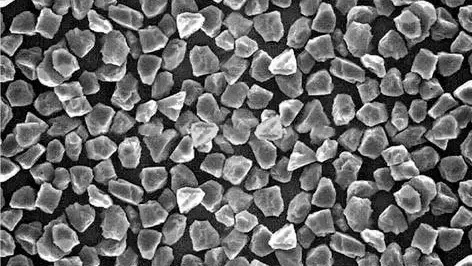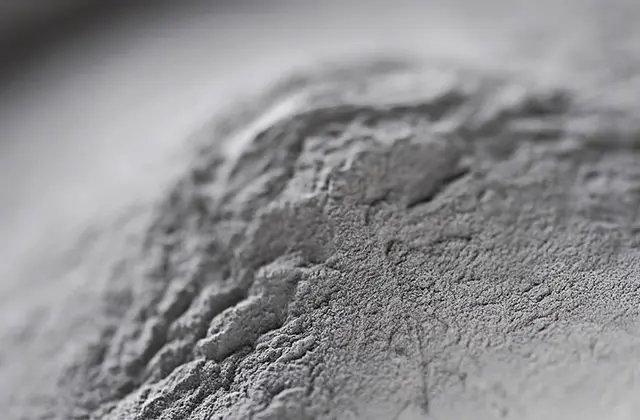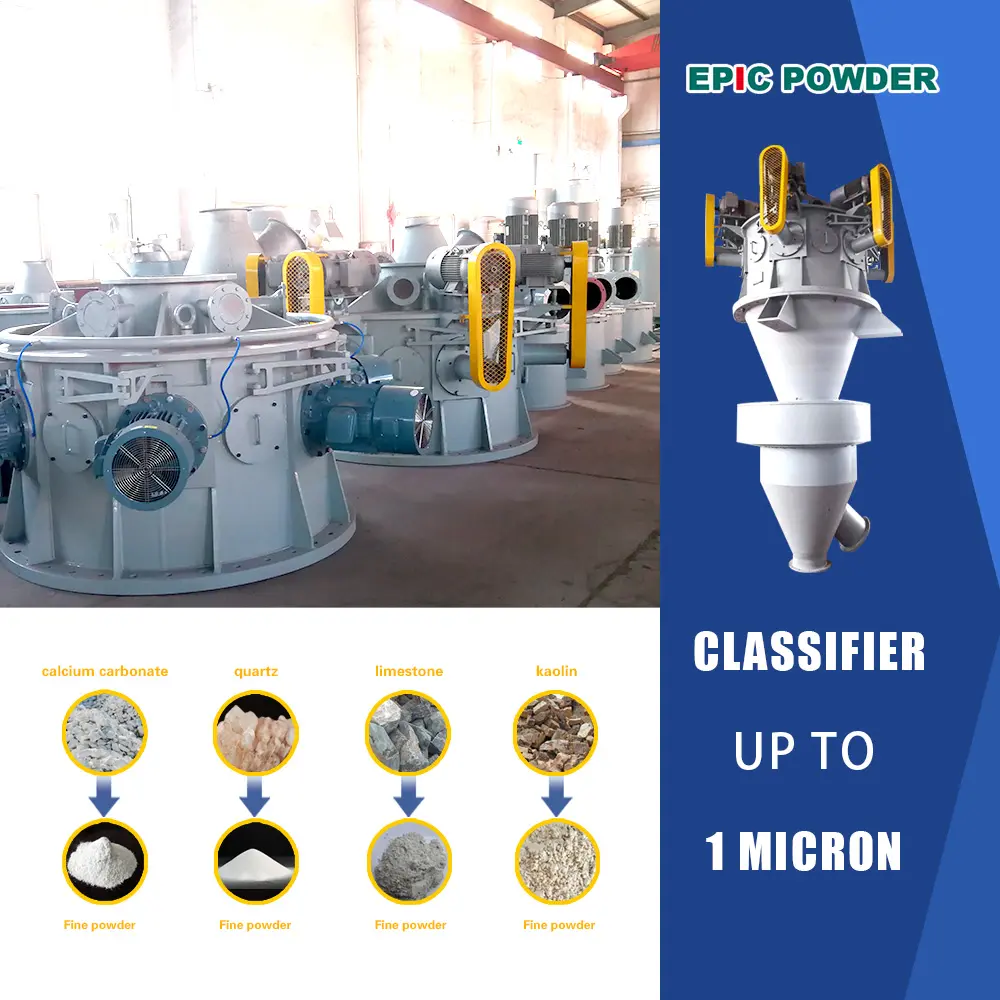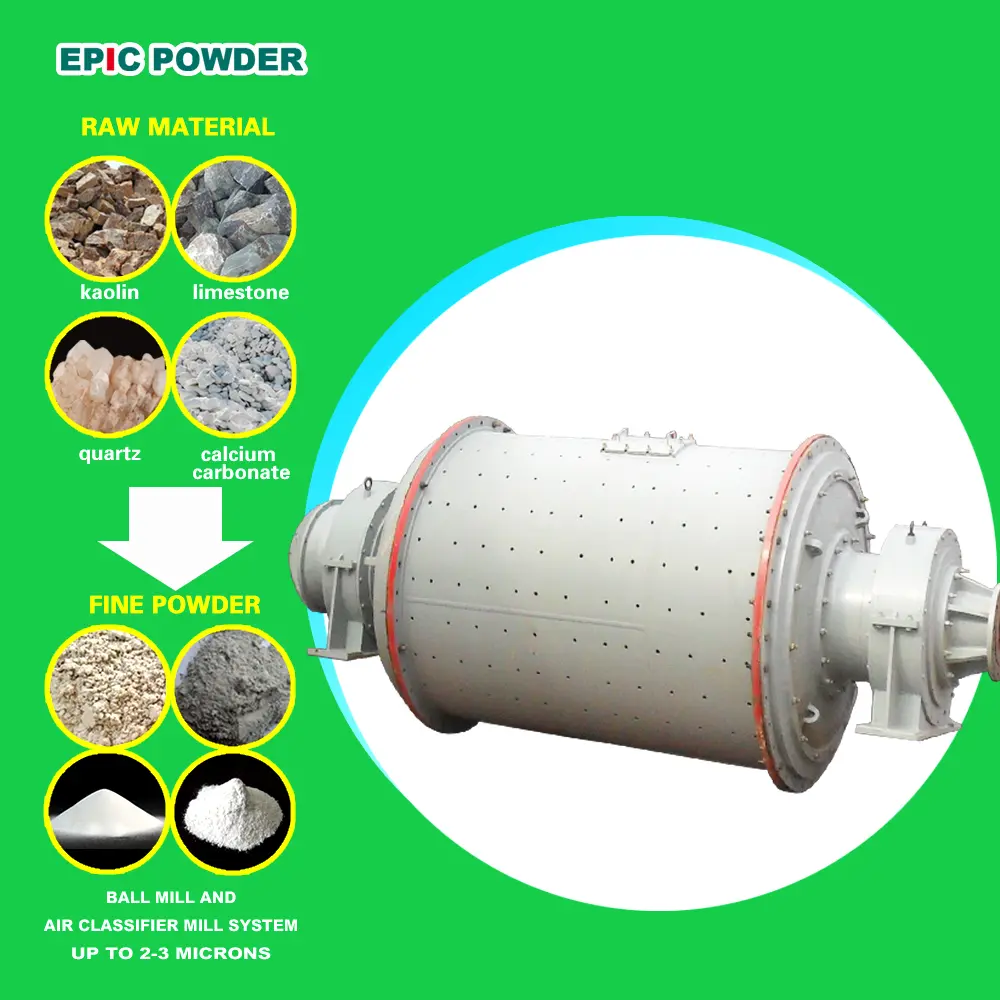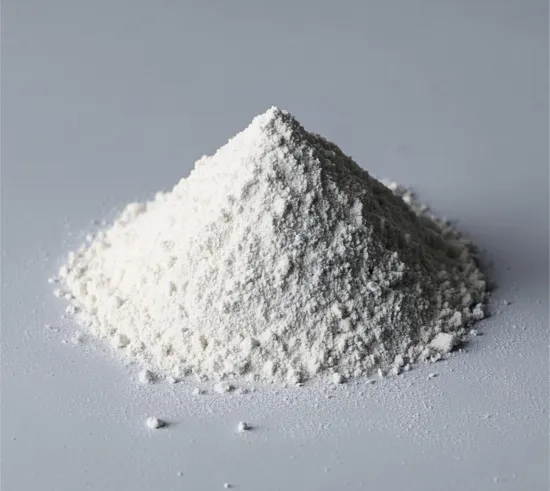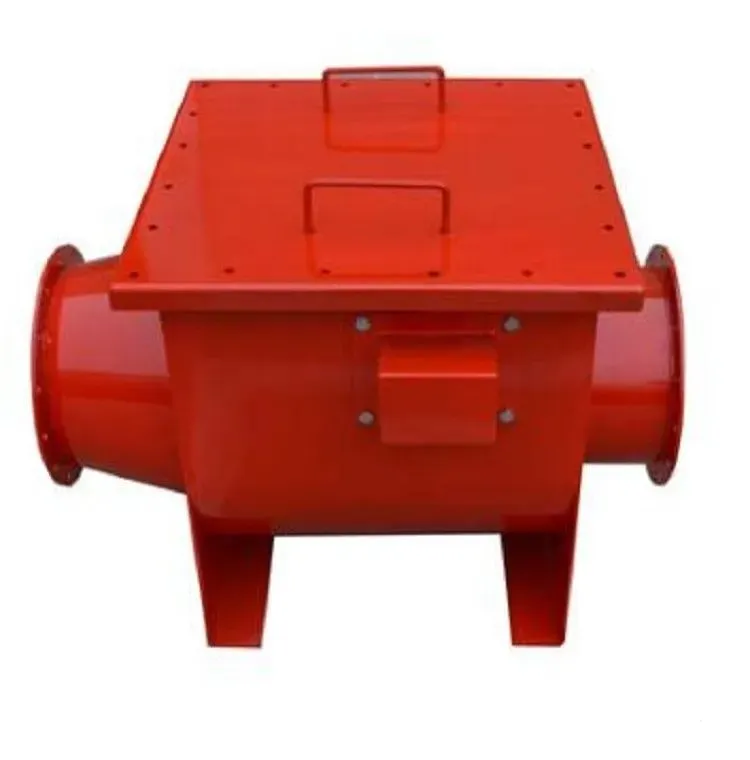3.2 Operating Conditions
5. Feed Rate
For airflow crushing, the feed rate is closely related to the gas-solid two-phase distribution in the crushing chamber. When the feed rate is low, the particles are in an unsaturated state within the crushing chamber. The initial kinetic energy gained by the particles is high, resulting in finer particle sizes after crushing. It’s due to the collision opportunities between particles are relatively limited at a low feed rate. And the particles primarily collide with the inner wall of the crushing chamber. It absorbs more kinetic energy and therefore being crushed finer.
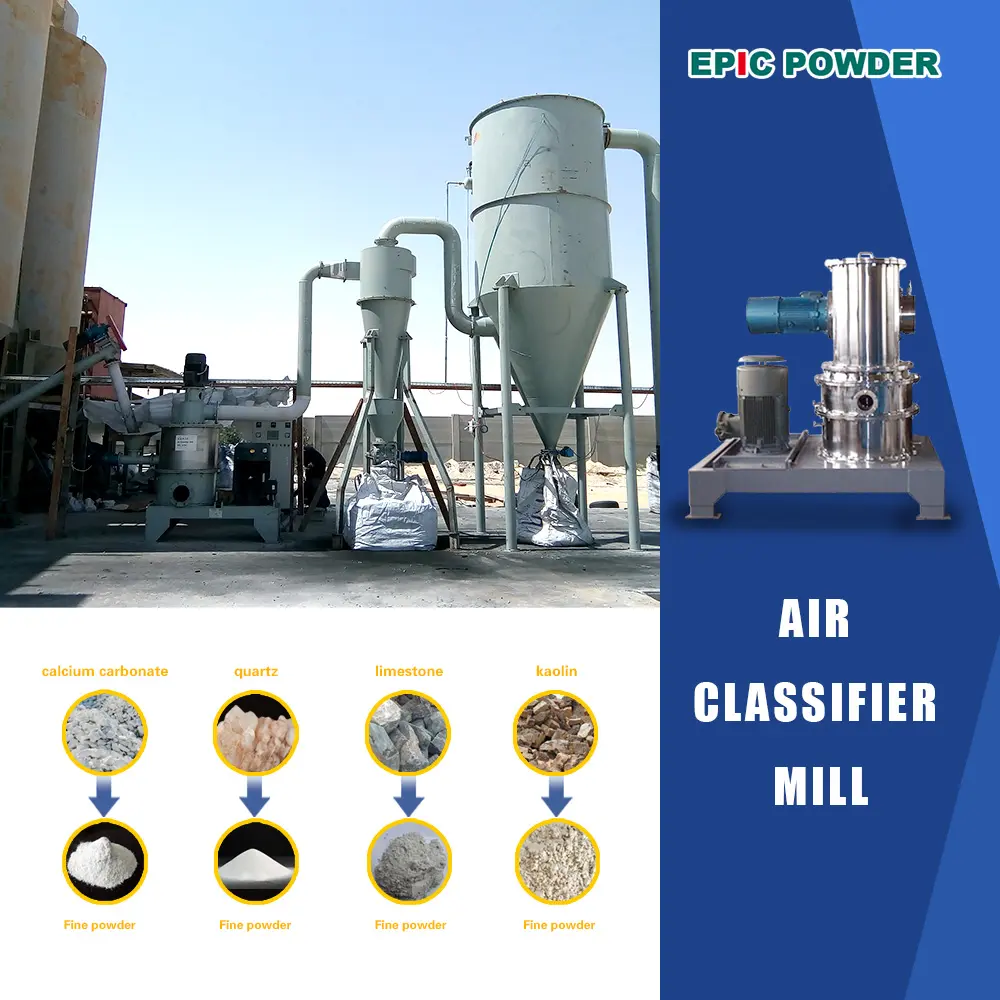
When the feed rate increases, the probability of particle collisions within the crushing chamber rises. However, at this point, the collisions are less effective than direct collisions between particles and the chamber walls. It leads to an increase in particle size. This is because, the collisions between particles become more frequent but less intense at a high feed rate.. It results in a particle size that is coarser compared to a low feed rate. Therefore, under stable production conditions, the choice of feed rate directly affects the resulting particle size distribution.
6. Feeding Amount
If the airflow mill uses a horizontal twin-screw feeder, which is driven by a motor to rotate the screws. It thereby pushes the material into the crushing chamber. The working principle of this feeder relies on the rotation of the screw. The screw can transport material into the chamber, ensuring the stability and continuity of the feed smoothly.
Under constant speed and crushing pressure conditions, different material weights can show a pattern in particle size distribution. As the feed amount increases, the particle size distribution tends to widen. It’s because as the feed amount increases, the material concentration in the crushing chamber rises. The interaction between particles intensifies, impacting the crushing effect and broadening the particle size distribution.
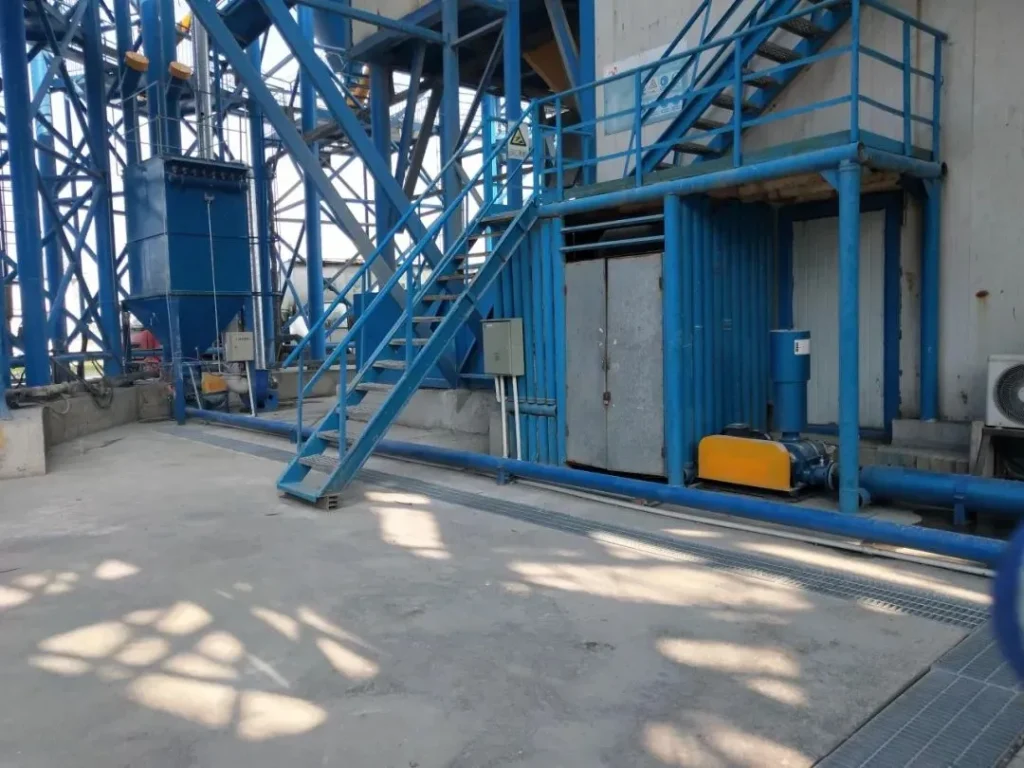
7. Crushing Pressure
The size of the crushing pressure is an important factor that influences the jet air velocity. The higher the pressure, the greater the jet air velocity. In the airflow mill, compressed gas is injected into the grinding chamber through a nozzle to generate a high-speed jet. When the grinding pressure increases, the compression of the gas also increases, leading to a higher injection speed.
The higher the collision speed of the accelerated particles in the grinding chamber, the more thorough the grinding process becomes, resulting in a narrower product particle size distribution. High-speed collisions allow the particles to break more completely, achieving finer particle sizes and a more concentrated particle size distribution.
8. Feed Pressure
The feed pressure is typically 0.5 bar to 1.0 bar higher than the grinding pressure. This ensures that material does not flow back into the feeder from the venturi tube. By maintaining a certain pressure difference, it ensures that the material enters the grinding chamber smoothly, without backflow.
When the feed pressure is too high, the airflow from the venturi tube can disturb the spiral airflow in the grinding chamber, causing the particle size at the outlet to be larger. Excessive feed pressure disrupts the stability of the airflow in the grinding chamber. It affects the collision and grinding process of the particles, which in turn increases the particle size of the product.
3.3 Materials to be Crushed
9. Material Agglomeration
Before airflow crushing, the material to be crushed should not have significant hard agglomerates. This is determined by the diameter of the material inlet of the airflow crusher. If the material contains hard agglomerates, material backflow may occur, leading to reduced yield and poor production efficiency. When hard agglomerated material enters the crushing chamber, it may block the entrance or fail to be fully crushed during the process. It results in material backflow and disrupting normal production.
10. Material Properties
Water-soluble crystalline materials can be crushed to approximately 10 microns under lower crushing pressure conditions. This is because the inherent properties of such materials make them easier to crush under specific conditions.
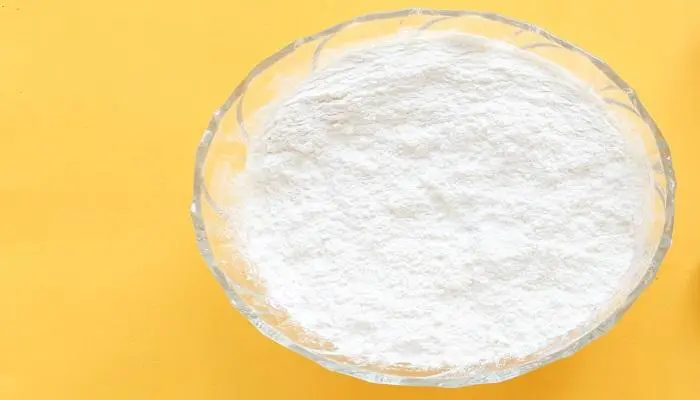
The tendency of a material to undergo electrostatic adsorption also affects the crushing effect. If the material is prone to electrostatic adsorption, it may accumulate in the crushing chamber or block the collection pipeline, preventing normal crushing operations. Electrostatic adsorption causes material to clump together, hindering airflow and particle collisions, thus reducing crushing efficiency.
IV. Methods to Improve the Crushing Effect of Airflow Pulverizers
1. Select Appropriate Crushing Chamber Design Parameters and Operating Conditions According to Different Materials
The crushing effect of an airflow pulverizer is influenced by many factors. Therefore, selecting the appropriate crushing chamber design parameters and operating conditions based on material characteristics is essential.
For crushing chambers with different diameters, the selection should be based on the material processing capacity and particle size requirements. If the material processing capacity is large and fine particle sizes are required, a larger diameter crushing chamber should be chosen to improve production efficiency and the crushing effect. At the same time, the solid feed rate and gas volume flow rate should be adjusted according to the crushing chamber diameter to ensure that the material is fully affected by the high-speed jet in the chamber.
The nozzle angle selection should also be determined by the characteristics of the material and feed rate. For easily crushable materials, the optimal nozzle angle range, similar to the studies by Smit and Skelton, can be used to improve the crushing effect. For harder-to-crush materials, the nozzle angle can be adjusted to increase the relative speed of the gas in the crushing chamber. This can thereby increase the kinetic energy transferred to the particles and enhancing collision strength.
The number of nozzles should be selected based on the hardness and fineness requirements of the material. For materials with higher hardness, increasing the number of nozzles can raise the collision frequency in the crushing chamber, making the material easier to crush. For materials requiring high fineness, more nozzles will provide more uniform jets, resulting in a better crushing effect.
In terms of operating conditions, the feed rate, feed amount, crushing pressure, and feed pressure should be adjusted according to the material’s properties and particle size requirements. For easily crushable materials, the feed rate and feed amount can be increased to improve production efficiency. For more difficult-to-crush materials, the feed rate and feed amount should be reduced to ensure that particles obtain sufficient kinetic energy for full crushing. At the same time, adjust the crushing pressure and feed pressure according to the material’s hardness and particle size requirements to achieve the best crushing effect.
2. Pre-treat the Material to Avoid Hard Agglomeration and Electrostatic Adsorption
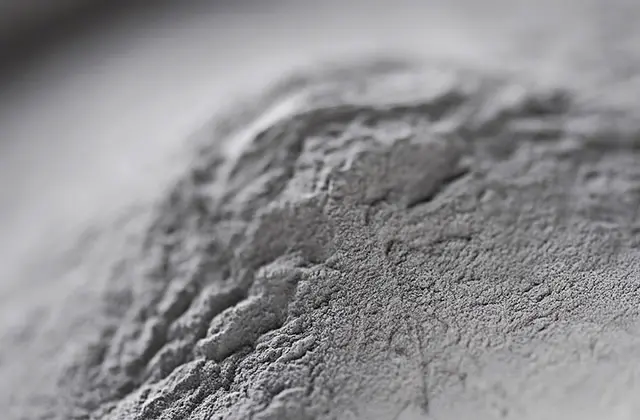
Before airflow crushing, pre-treating the material can significantly improve the crushing effect. For materials that may form hard agglomerates, pre-treatment drying equipment designed to prevent agglomeration can be used. For example, a drying device with a stirring motor can drive the stirring frame to rotate. The material is broken apart by a metal grid and crushing blade in this process. This prevents the material from condensing into agglomerates during the drying process. Additionally, a pre-treatment device that prevents powder agglomeration can be used, such as a pneumatic conveying pipe. In this system, the airflow carrying the powder passes through both thick and thin pipe sections. The powder is agglomerated by the alternating airflow and pressure, and then the agglomerated material is separated and removed by screening, reducing the likelihood of agglomeration during subsequent transportation or storage.
For materials prone to electrostatic adsorption, electrostatic protection measures should be implemented. For example, the equipment can be covered with electrostatic shielding materials to reduce the impact of the electrostatic field. Additionally, all equipment and metal parts that may generate static electricity should be grounded to ensure static electricity is safely dissipated into the earth. Suitable antistatic agents should also be selected for the materials to reduce their surface resistivity, thus minimizing the generation and accumulation of static electricity. During material transportation and stirring, the material’s movement speed should be reduced to avoid excessive friction, collision, and separation, which can generate static electricity. Operators should wear anti-static clothing and shoes to prevent the impact of human-generated static electricity on the materials.
3. Regularly Maintain and Inspect the Airflow Mill to Ensure Normal Operation of the Equipment
To ensure the airflow mill operates effectively, it is essential to perform regular maintenance and inspections.
First, check the grounding of the equipment to make sure all equipment is connected to earth via a low-impedance grounding path, eliminating static charge buildup. A metal shielding cover or conductive coating should be used to shield the equipment and prevent external static fields from affecting the inside. Grounding resistance should be regularly tested to ensure it is within the allowable range and effectively grounded.
Next, inspect the vulnerable parts of the equipment, such as nozzles, grading wheels, blades, bushings, etc. Worn parts should be replaced promptly to maintain crushing efficiency and product quality. For example, a worn nozzle can cause airflow deflection, which affects crushing efficiency, so it should be replaced immediately. Worn blades and bushings can decrease productivity and lead to coarser particle sizes. It requires replacement as soon as wear is detected.
Additionally, the transmission components of the equipment—such as motors, belts, bearings, and transmission devices—should be checked regularly. The motor’s lubrication should be maintained to ensure smooth operation. The belt tension should be checked to extend its service life. The bearing temperature should also be monitored. If the temperature exceeds 50°C, the machine should be stopped and inspected to resolve the issue.
The compressed air pipeline should be inspected for leaks, and water should be drained from the oil-water separator triplex. Verify that the discharge door seals properly, that the sealing strip is intact, and that the discharge connecting rod mechanism functions correctly when the door is closed. Ensure that pressure air pipes, regulating valves, and connectors are not loose or leaking, and check that the pressure gauge is responsive without lag.
Finally, when the equipment is not in use for an extended period, clean the material from the cavity to prevent buildup that could affect the next use. Lubricating oil in the discharge valve and feeder should also be replaced regularly to ensure the equipment operates smoothly.
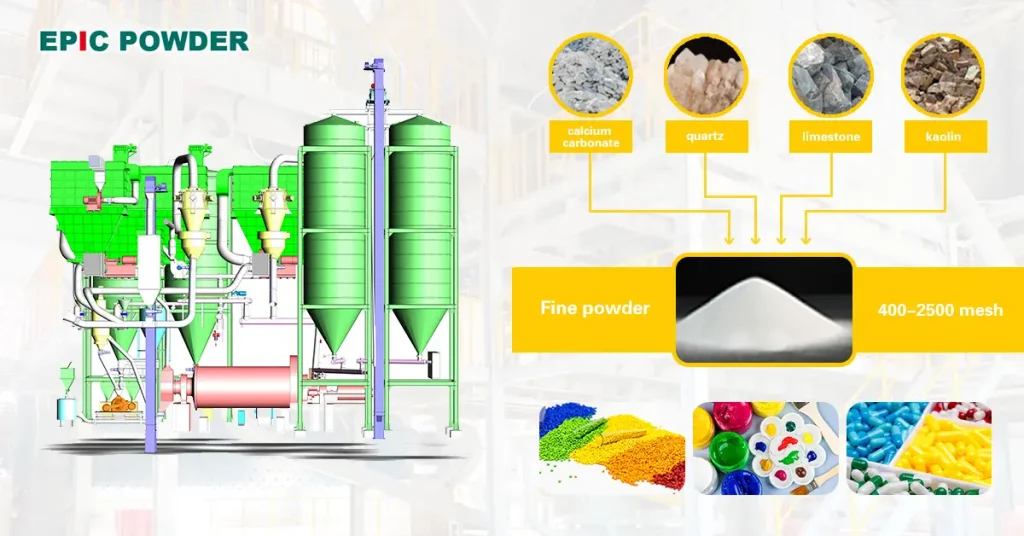
V. Conclusion
In summary, several factors influence the crushing effect of the airflow mill. Understanding, selecting, and adjusting these factors properly is crucial to enhancing the crushing performance.
To enhance the crushing effect of the airflow mill, it is essential to select appropriate crushing chamber design parameters and operating conditions based on the characteristics of the material. For materials with different properties, the crushing chamber diameter, nozzle angle and number, feed rate, feed amount, crushing pressure, and feed pressure should be adjusted accordingly. Additionally, pre-treatment of materials is necessary to prevent hard agglomeration and electrostatic adsorption. This can include using drying equipment to prevent agglomeration and implementing electrostatic protection measures. Regular maintenance and inspection of the airflow mill are also critical to ensure smooth operation. It includes checking grounding, wear on components, transmission parts, compressed air pipelines, and timely cleaning of materials and replacing lubricating oil.
In conclusion, by comprehensively considering and optimizing these factors, we can fully leverage the advantages of airflow mills, improve crushing efficiency and product quality, and meet the ultrafine grinding needs of various industries.

